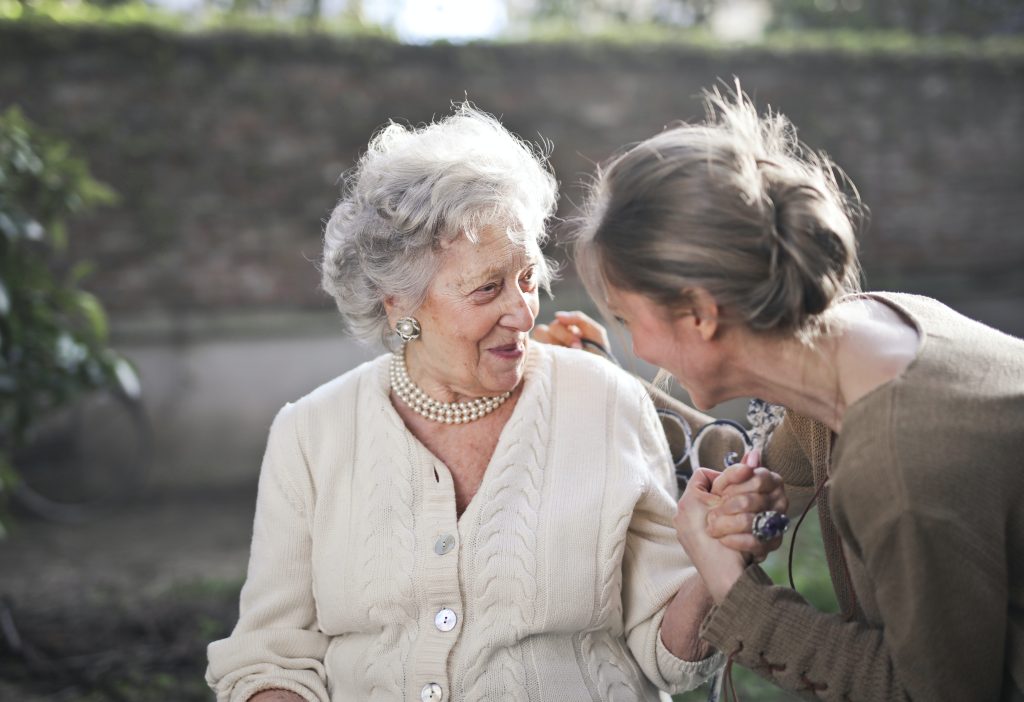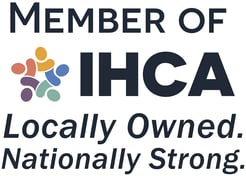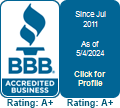As our senior loved ones grow older, they become more mentally and physically frail and turn to family, friends, and home care providers for personal care services. Increasingly, seniors’ reliance on others is an opportunity for abuse and fraud. Everyone has a right to feel safe and to be treated with dignity and respect in their own home and community.
The data are startling:
- 1 – 2 million Americans, 65+, have been injured, manipulated, or mistreated by someone they depend on for care or protection:
- Elder abuse is experienced by 1-in-10 people, 60+, who live at home;
- 90% of abusers are family members or trusted others.
- Abused seniors are three times more likely to die and elder abuse victims are four times more likely to go into a nursing home.
- It is estimated that only 1-in-14 cases of elder abuse are accounted for by actual reported incidents.
- Elder financial abuse is vastly under-reported; only one in 44 cases of financial abuse ever reaches the authorities:
- Almost one in ten financial abuse victims will turn to Medicaid due to their monies being stolen from them.
Source: “The National Elder Abuse Incidence Study” and “The National Elder Mistreatment Study” conducted by the National Institute of Justice
On Tuesday, June 15th, we urge everyone to understand the different types of elder abuse and look for each type’s signs.
Recognizing the Types and Signs of Elder Abuse
It can sometimes be difficult to recognize signs of elder abuse, as they can be confused with symptoms of dementia, an accidental fall, or frail health. Note that elder abuse signs can tend to intersect with symptoms of cognitive impairment and poor health. You should still investigate further, particularly if the family member providing care or in-home caregiver is dismissive or indifferent about your questions or awareness.
Physical Abuse includes any intended or deliberate use of force classified as physical abuse against an elderly person such as causing physical pain, injury, or impairment. This kind of abuse includes not only physical assaults, but also the inappropriate use of drugs, restraints, or confinement against the will of the senior done by another person.
- Examples of Signs of Physical Abuse:
- Bruises, welts, or scars
- Broken bones
- Sprained or dislocated joints
- Broken eyeglasses and frames
Neglect constitutes more than half of all reported elder abuse cases. It can be intentional or unintentional. Neglect is often based on ignorance or denial by the abuser that a senior needs care at all, or to what degree the care is needed.
- Examples of Signs of Neglect:
- Poor hygiene or grooming
- Unsanitary or unsafe living conditions, dirty or torn clothing
- Bedsores
- Sudden weight loss, malnutrition, or dehydration
Emotional Abuse happens when people speak to or treat elderly people in ways that result in emotional pain or distress for the Senior.
- Verbal emotional elder abuse can take the form of intimidation, humiliation, or habitual scapegoating.
- Non-Verbal emotional abuse can be ignoring the senior or isolating the senior from friends or activities.
- Examples of signs of Emotional Abuse:
- Withdrawal from normal activities
- Unusual depression or change in alertness
- Arguments between the caregiver and senior
- Threatening, belittling, or controlling behavior from the caregiver
- Isolation from the family or hesitancy to speak with family, friends, caregivers
Financial Exploitation involves the unauthorized use of a senior’s funds or property, by a caregiver or an outside party. The list of trusted persons from the vulnerable adult’s life who commit financial fraud or abuse is long:
- Family members
- Neighbors
- Friends /acquaintances
- Attorneys
- Bank employees
- Caregivers
- Doctors or nurses
- Examples of signs of Financial Exploitation:
- Bills are past due and unpaid, even though the senior has resources to pay them
- Valuable items or money are missing from the home
- Sudden changes have been made to the power of attorney, property titles, or will
- Unusual big-ticket items and services are being purchased that the senior doesn’t need, like a video game system or gym membership
How You Can Help Report Elder Abuse
World Elder Abuse Day is an opportunity to give voice to your disapproval of the abuse of older people – by their families, partners, or someone in their community. When you suspect an elder loved one is a victim of being mistreated or you see any signs of elder abuse, become that person’s advocate.
Please don’t assume that someone else will take care of it or that it’s the senior’s responsibility to get help on their own. Many of the seniors who face abuse don’t report it, even if they are able. Many fear retaliation from their abuser; others fear that no one else will be there to provide care if they turn in the culprit.
Here is how you can help:
- Call 911 or the local police
- Contact the National Domestic Violence Hotline:
- 1-800-799-7233
- 1-800-787-3224 (for texting)
- Click on National Adult Protective Services Association (NAPSA):
- https://www.napsa-now.org/
- Check out NAPSA’s specific site for financial abuse of the elderly:
- https://www.napsa-now.org/get-informed/exploitation-resources/
- Contact the Consumer Financial Protection Bureau: https://www.consumerfinance.gov/consumer-tools/educator-tools/resources-for-older-adults/
- Sign up with the National Do Not Call Registry https://www.consumerfinance.gov/consumer-tools/educator-tools/resources-for-older-adults/
LET’S DO OUR PART TO END ELDER ABUSE ON JUNE 15TH:
WORLD ELDER ABUSE DAY
- Public Health in the Age of COVID - September 15, 2021
- World Elder Abuse Day June 15, 2021 - June 28, 2021
- World Elder Abuse Day - June 15, 2021



